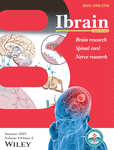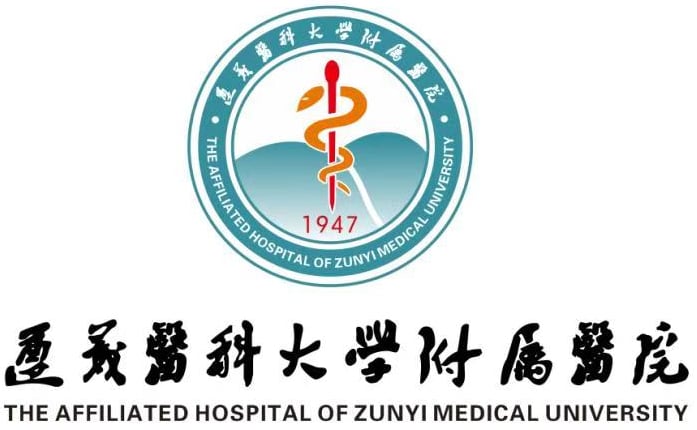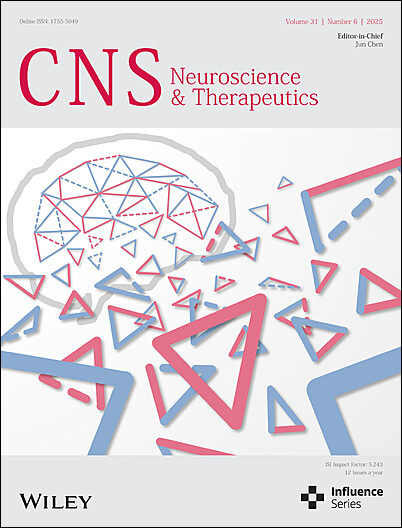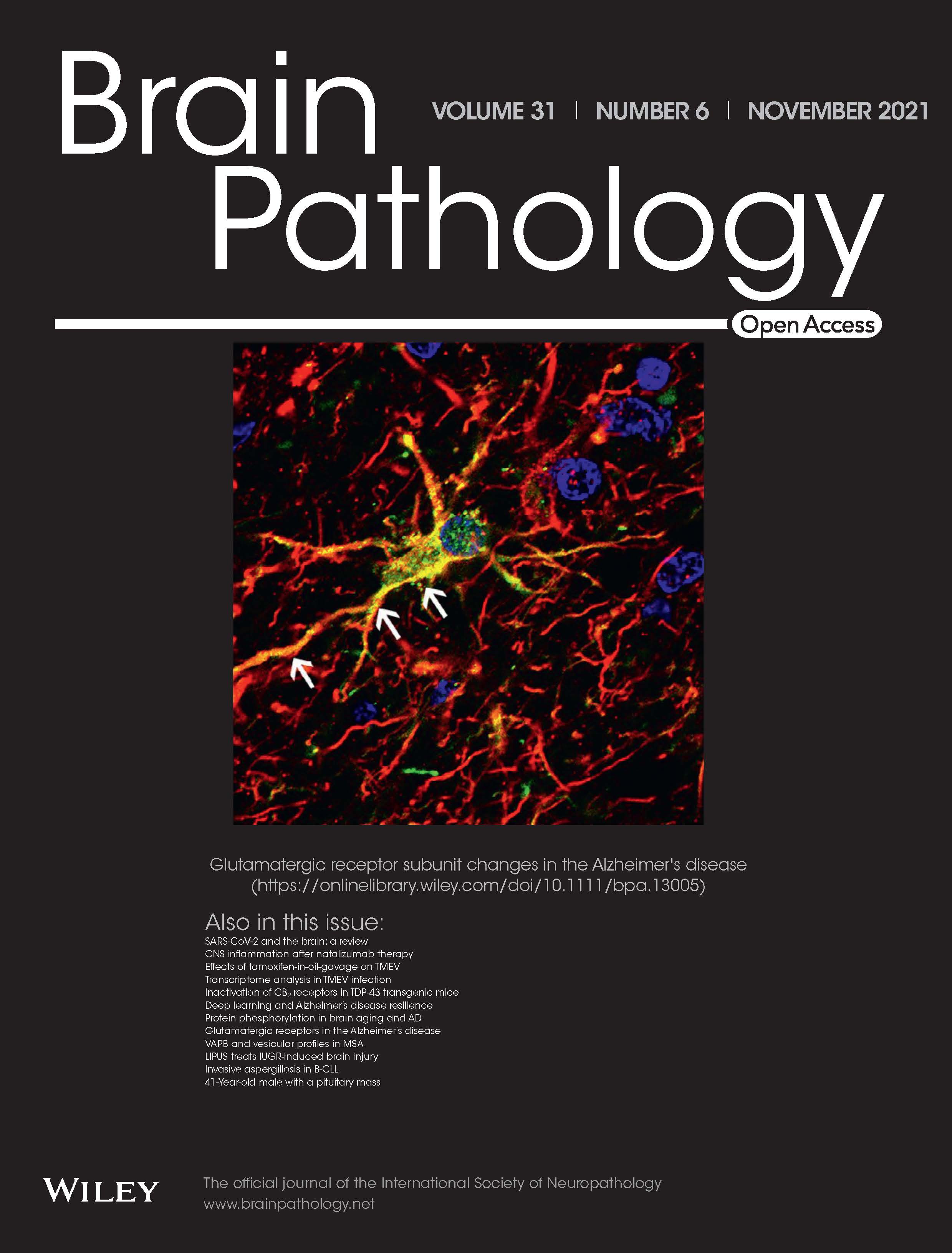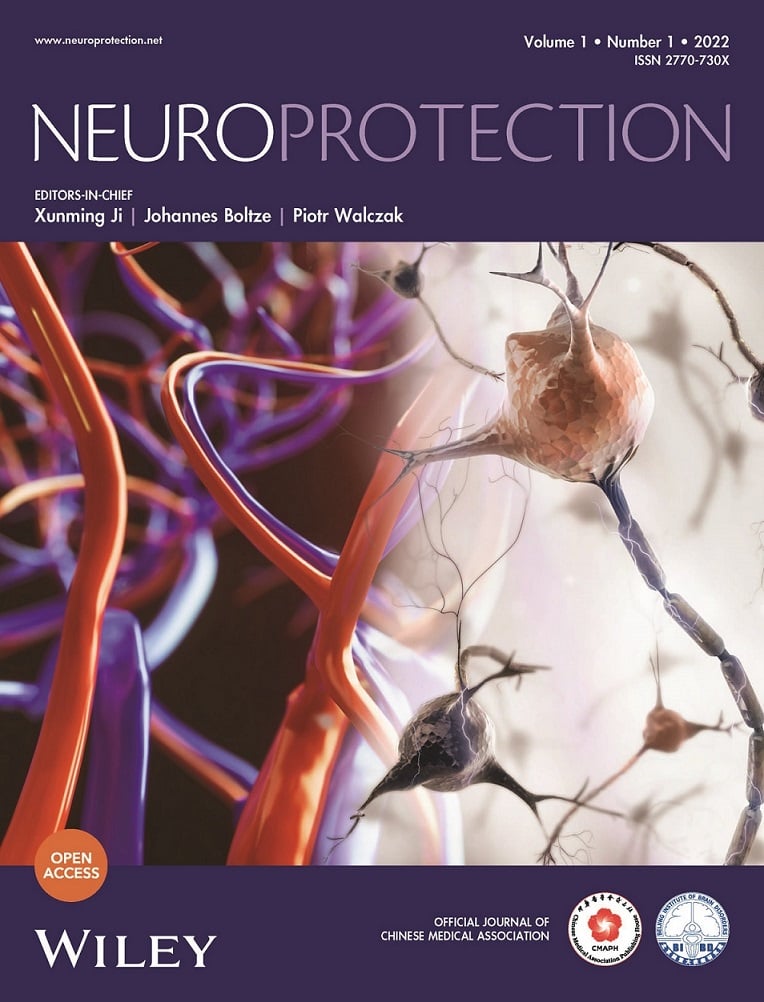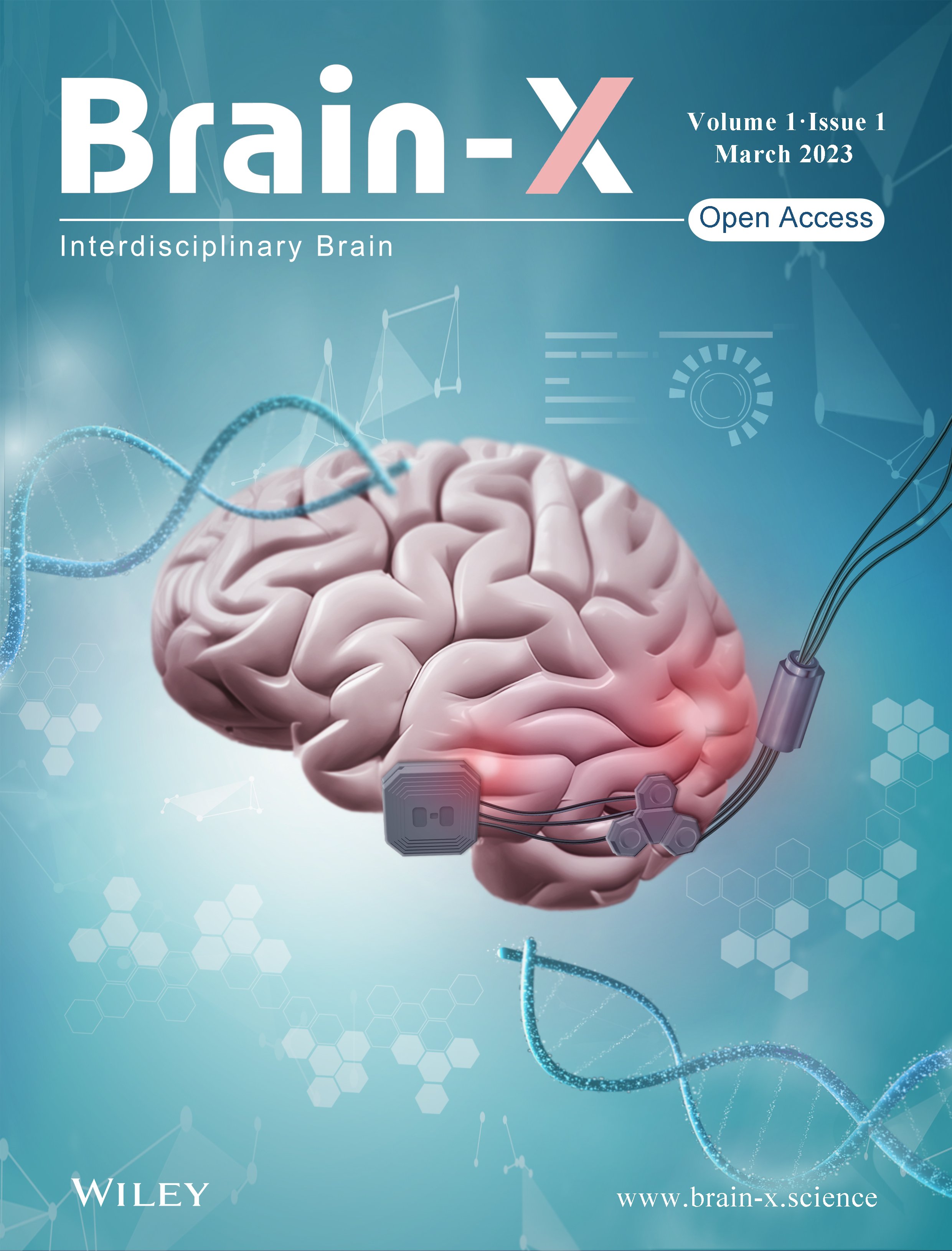Journal list menu
Export Citations
Download PDFs
ISSUE INFORMATION
ORIGINAL ARTICLES
Tyrosine metabolic reprogramming coordinated with the tricarboxylic acid cycle to drive glioma immune evasion by regulating PD-L1 expression
- Pages: 133-147
- First Published: 22 May 2023
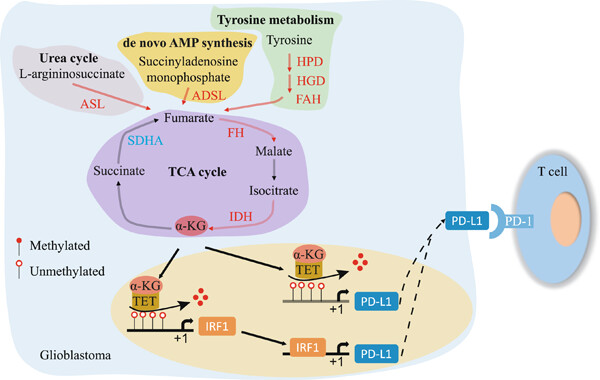
Due to the blood–brain barrier and high tumor heterogeneity, the clinical outcomes of glioma are worrisome. Extensive research work has identified several molecular subtypes and classifications, but these criteria have many limitations that make them ineffective in guiding treatment courses. We found that tyrosine metabolism was not only associated with a patient's malignant phenotype but also indicated survival prognosis. More importantly, tyrosine metabolism regulates the tumor microenvironment (TME) of glioma, promoting immune infiltration and immune evasion. In-depth studies have found that the metabolic remodeling of tyrosine metabolite fumarate couples with the tricarboxylic acid cycle, promotes the accumulation of α-ketoglutarate, and regulates the expression of programmed death-ligand 1. This study showed that tyrosine metabolizing enzymes help glioma evade immune surveillance and increase their malignancy by regulating the TME, which can be developed into immunotherapy targets. Glioma is characterized based on the expression characteristics of tyrosine metabolizing enzymes, emphasizing a deep insight into its clinical characterization and TME to provide prognostic and therapeutic implications.
Predictors and occurrence of postoperative cognitive dysfunction in children undergoing noncardiac surgery: A prospective cohort study
- Pages: 148-156
- First Published: 10 September 2022
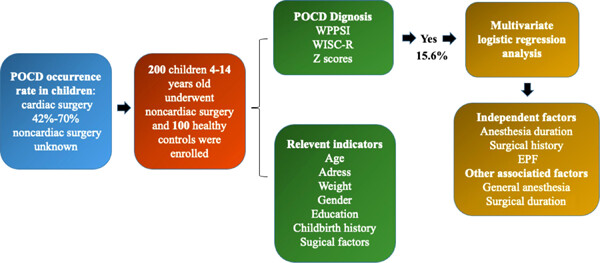
Postoperative cognitive dysfunction (POCD) occurs in children undergoing cardiac surgery and is increasingly common. This study was performed to investigate the incidence rate and potential risk factors of early neurocognitive dysfunction in children after noncardiac surgery. This studyfound that the general incidence of POCD was 15.6%. POCD was associated with general anesthesia, surgical and anesthesia duration, early postoperative fever (EPF), and surgical history. Only the history of surgery, anesthesia duration, and EPF were demonstrated to be independent risk factors for POCD. It means that children who had surgical history, longer anesthesia duration, and EPF were prone to have POCD after noncardiac surgery. WPPSI, Wechsler Preschool and Primary Scale of Intelligence. WISC-R, Wechsler Intelligence Scale for Children-Revised.
Effects of gastrodin on the expression of brain aging-related genes in SAM/P-8 mice based on network pharmacology
- Pages: 157-170
- First Published: 06 November 2022
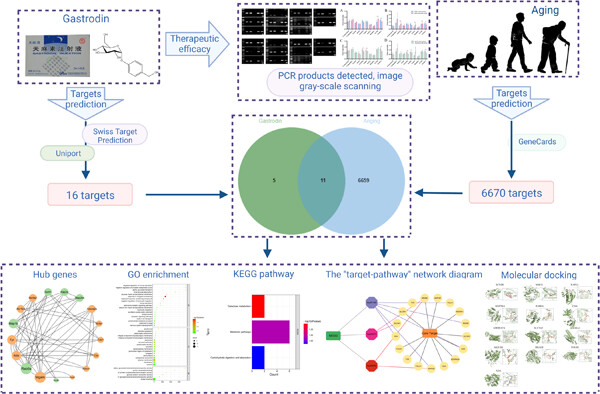
In this study, we first explored whether gastrodin affected the expression of aging-related genes through animal experiments. Multiple databases were used to screen potential drug targets of gastrodin and disease targets of aging. A protein–protein interaction network is constructed to analyze the connection among these targets and identify the hub genes on the basis of the topological interaction between these targets. Afterward, an enrichment analysis of the Kyoto Encyclopedia of Genes and Genomes and Gene Ontology was performed to elucidate the biological functions of hub genes. Finally, molecular docking techniques were applied to confirm the reliability of these crucial targets.
Thrifty effect of subanesthetic-dose S-ketamine on postoperative opioids and its safety and analgesic effectiveness: A prospective, triple-blind, randomized controlled, polycentric clinical trial
- Pages: 171-182
- First Published: 15 May 2023
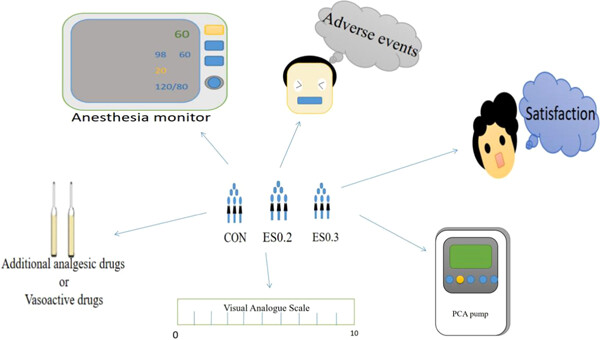
To investigate the thrifty effects of subanesthetic-dose esketamine on postoperative opioids and its safety and analgesic efficacy. Four hundred and twenty patients were divided into the control group (CON group), the esketamine 0.2 mg/kg group (ES0.2 group), and the esketamine 0.3 mg/kg group (ES0.3 group) randomly. To analyze the Visual Analogue Scale (VAS) at 10 min after extubation, immediately returning to the ward, and 2, 24, and 48 h after surgery, the times of compression with analgesic pumps after surgery and analgesic drug consumption from anesthesia induction to 48 h after surgery mainly. Minor records include their vital signs, the use of vasoactive drugs, the Ramsay scores, the occurrence of adverse events including nervous system reaction, and patient's satisfaction with anesthesia.
REVIEWS
Research progress of neonatal hypoxic-ischemic encephalopathy in nonhuman primate models
- Pages: 183-194
- First Published: 26 March 2023
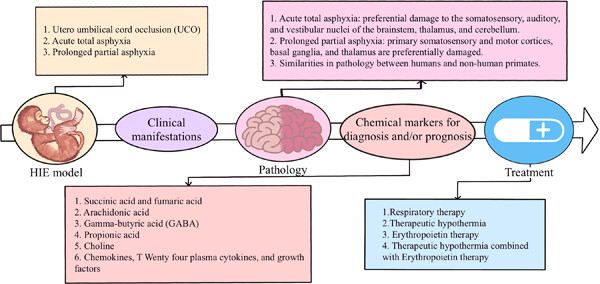
Hypoxic-ischemic encephalopathy (HIE) models in nonhuman primates are mainly constructed by umbilical cord occlusion (UCO), acute total asphyxia, and partial asphyxia. The latter two of these are more novel than UCO, and the clinical manifestations and brain histopathology of these two models also differ because they preferentially injure different parts of the brain. In addition, many studies have shown that nonhuman primates are highly similar to humans in terms of brain injury patterns and development. A series of important chemical indicators exist in nonhuman primate HIE models that can be used as diagnostic and/or prognostic indicators of HIE. Finally, we further summarize the treatments evaluated in nonhuman primate models in recent years and conclude that therapeutic hypothermia (TH) + erythropoietin (EPO) is currently the most effective treatment in animal models.
Therapeutic effect of umbilical cord blood cells on spinal cord injury
- Pages: 195-204
- First Published: 01 May 2023
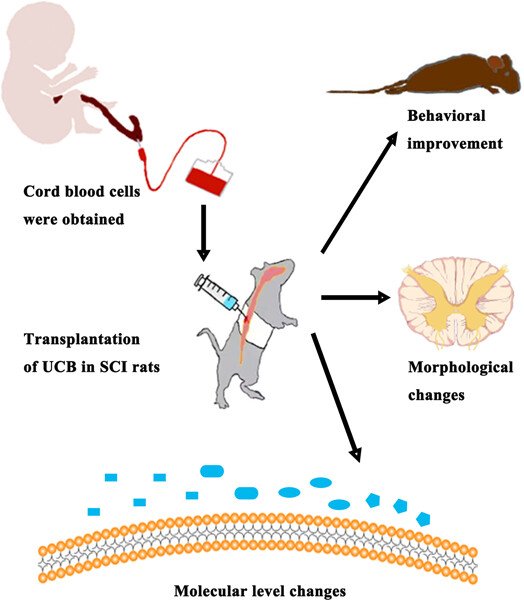
The treatment of cord blood cells for spinal cord injury can improve sensory and motor functions, which result in healing of the injured area and expansion of the hindlimb volume. Axonal regeneration, increase in glial cells, and release of trophic factors; angiogenesis and reduction of rupture; and decreased inflammation and changes in immune function can also take place. Neuronal regeneration leads to increased expression of the NeuN+ (neuron nuclear antigen-positive), nerve growth-promoting factor, the glial cell line-derived neurotrophic factor, and so on, and apoptosis leads to the decreased expression of caspase-3 and other molecules. Angiogenesis leads to the increased expression of the vascular endothelial growth factor, glial fibrillary acidic protein, and the von Willebrand factor. Inflammation is inhibited by increased interleukin-10 and decreased tumor necrosis factor-α.
Aging-related histone modification changes in brain function
- Pages: 205-213
- First Published: 17 May 2023
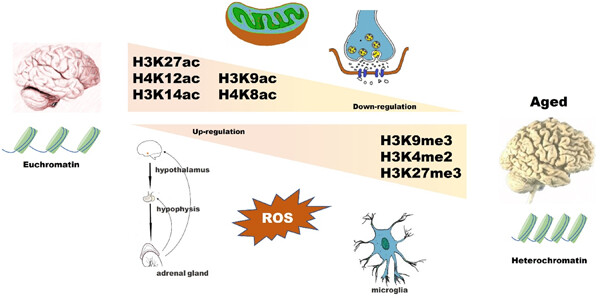
Alterations in histone modifications play a key role in the loss of partial brain function due to aging. Decreased synaptic and mitochondrial function is a distinctive feature of aging, and these functionally related genes are often accompanied by a decrease in transcriptional activation modification and an increase in inhibitory histone modification during aging, which ultimately leads to a decrease in protein expression. Increased stress and immune responses are often observed during aging, resulting in increased protein expression due to opposite histone modifications in the genes associated with them. This review examines the changes in histone modifications, including methylation and acetylation, that take place as the brain ages and emphasizes the alterations in gene transcription and protein production that these modifications bring about throughout these functional decreases.
Research progress in clinical trials of stem cell therapy for stroke and neurodegenerative diseases
- Pages: 214-230
- First Published: 05 March 2023
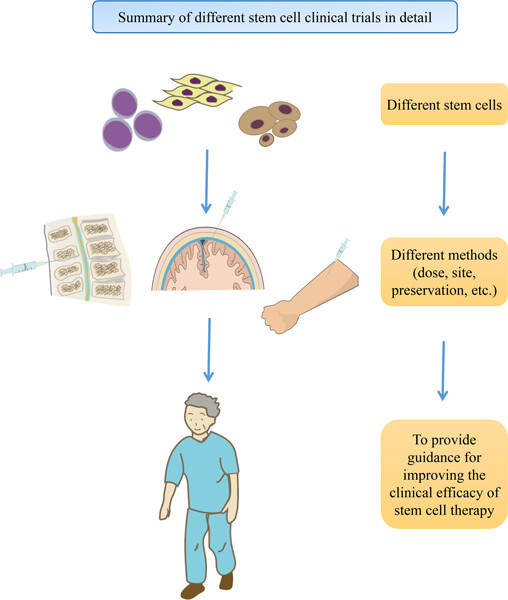
Here, we review all clinical trials and the latest advances in stroke (cerebral ischemia and cerebral hemorrhage) and neurodegenerative diseases (Alzheimer's disease and Parkinson's disease), focused on cure rates, details, and so on. Also, we hope that stem cell therapy will be used in the clinic in the future to achieve effective treatment rates and benefit patients.
COMMENT
The more the neuroticism, the more the susceptibility to Alzheimer's disease. What inspiration can neuroticism provide?
- Pages: 231-235
- First Published: 12 May 2023

Study of neuroticism can provide important insights. Before the inclusion of neuroticism in the study of Alzheimer's disease (AD), clinical and scientific researchers used relatively fixed models to treat AD, such as prescribing fixed doses of drugs and fixed research strategies. However, taking neuroticism into account affects drug use, the direction of scientific research, and even the mental health of the population, which translates into more immediate economic benefits
CASE REPORT
A case report of the treatment and care of decubitus ulcers in macaques with spinal cord injury
- Pages: 236-242
- First Published: 22 May 2023
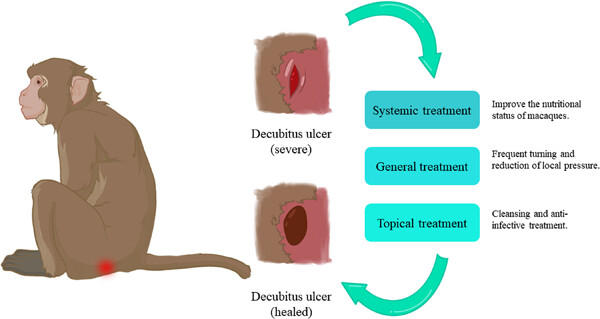
Decubitus ulcers, also known as pressure ulcers, are a condition that results in skin tissue ulceration and necrosis mainly due to long-term compression of local tissues in the patient's body, followed by ischemia and hypoxia situations due to insufficient blood supply, and is a complication of spinal cord injury disease that endangers patients' lives and has become a more common problem in the development of clinical rehabilitation treatment and nursing care today. At present, there are few reports on the treatment and care of decubitus ulcers in rhesus macaques. We conducted a series of scientific care and pharmacological treatment of a case of decubitus ulcers arising from spinal cord injury in rhesus macaques, with continuous real-time observation, and achieved satisfactory results.




